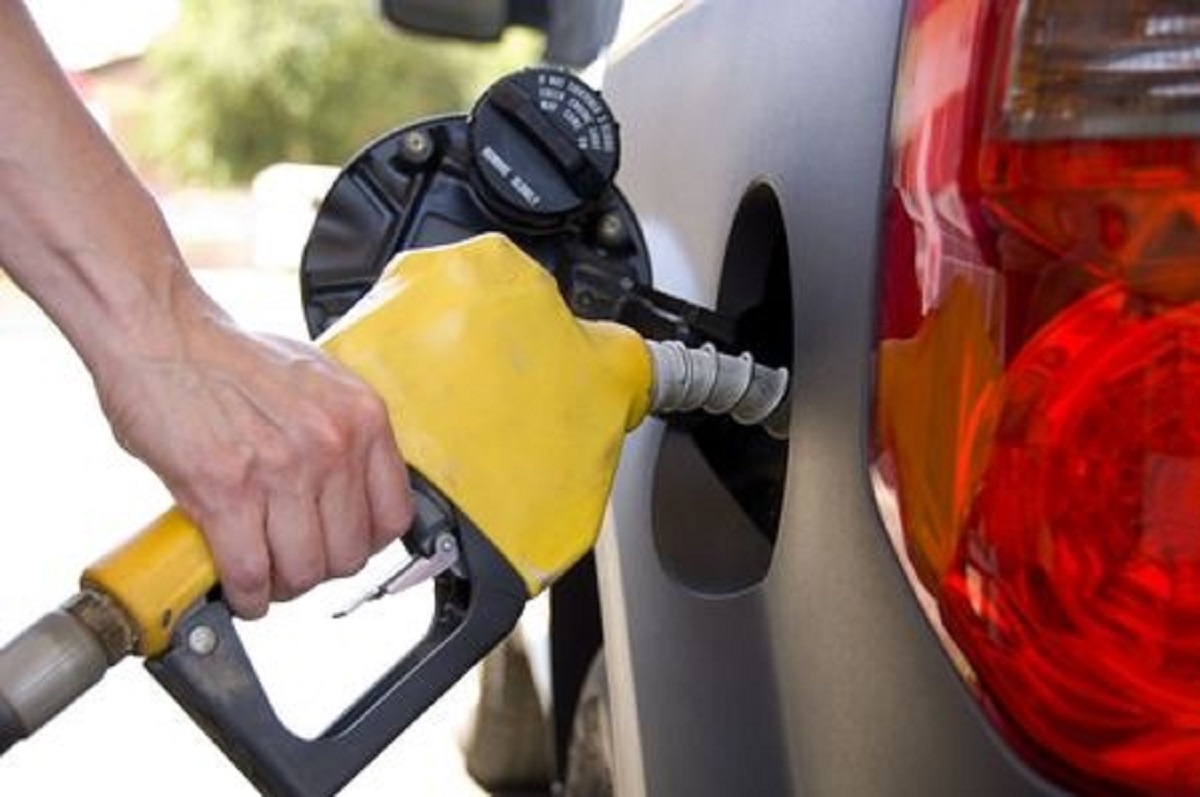Whether it’s because you wish to save money or the environment, fuel-efficient driving is beneficial in so many ways if people are willing to put the effort into it. Practicing fuel-efficient driving techniques may sound like too much extra work to do when we already have such busy schedules, but these simple practices offer long term rewards you may not notice on a daily basis, but you’ll certainly notice via the weight of your wallet. And no one will ever tell you it’s wrong to help the environment by any means. So, for those interested in lowering their gar consumption, here are some techniques for fuel-efficient driving.
Don’t “Pedal to the Metal”
To put it simply, you waste fuel when you accelerate too hard, so you should try lightly pushing your accelerator pedal instead. Ideally, for genuine fuel-efficient driving, take five seconds roughly to raise your car’s speed from a halt to 15 miles an hour. For manual transmission cars, try a moderate throttle position, shifting between 2000 to 2500 rpm.
Keep the Car Steady
Drops in speed along with quick bursts of accelerated speed can increase fuel consumption by nearly 20 percent. For the highway, one simple fuel-efficient driving method is turning cruise control on, which eliminates potential speed fluctuations.
Stay Alert
You can maintain your car’s momentum if you plan your movements beforehand. Watch the road, anticipate how other drivers and pedestrians might move, and maintain a safe gap between yourself and the vehicle ahead of you, not only saving you gas but also keeping you safe while you drive.
Don’t Slam the Brakes
It’s not uncommon that to avoid a traffic collision, you must hit the brakes fast. However, regarding everyday driving situations, it’s better to coast toward a red light or stop sign to help save money and conserve fuel. Not only is the driving technique fuel-efficient, but it’s also much easier on brakes and tires, cutting down on repair and maintenance costs.
Slow Down
Even though it varies by car model, gas mileage in most cars usually starts to suffer when you drive over 50 mph. As per fueleconomy.gov, each five miles per hour driven over 50 miles per hour equals to about 14 extra cents per gallon, meaning you burn more gas the faster you go.
In addition to these driving techniques, ensuring tires are inflated properly while keeping up a maintenance schedule can also help drivers reduce their gas consumption.
Think you or someone you know is in need of Behind the Wheel Training? Training Wheels is an Atlantic City driving school specializing in teaching new teen drivers how to stay safe on the road. For more information on our lessons, please click here.

